Over-collection of the rare butterflies
The over-collection of rare butterflies in Central Europe poses a serious threat. Enthusiasts and collectors, drawn to their rarity and beauty, contribute to declining butterfly populations. This practice disrupts ecosystems, as these butterflies play a crucial role in pollination and maintaining ecological balance.
Conservation efforts are vital to prevent further decline. Strict regulations and raising awareness about the consequences of over-collection are essential steps. Protecting these rare butterflies is not just about preserving their beauty but also ensuring the health and diversity of Central Europe’s natural landscapes. It’s a collective responsibility to appreciate and safeguard the delicate balance of our environment for future generations.
Natural predator of the butterflies
In Central Europe, butterflies face natural predators, but they are key to maintaining the ecological balance. Birds, like the European Robin, skillfully capture butterflies mid-flight, utilizing them as a food source. Spiders play a role too, crafting intricate webs to catch unsuspecting butterflies. Additionally, insects such as dragonflies, with their agile flight, are formidable natural predators.
While these predators ensure a natural check on butterfly populations, it’s crucial to maintain a healthy coexistence. Human activities, habitat loss, and pesticide use can disrupt this delicate balance, underscoring the importance of conservation efforts to preserve not only the butterflies but also the intricate web of life in Central Europe.
People collect butterflies
Collecting butterflies in Central Europe is driven by various motivations. Firstly, enthusiasts engage in butterfly collecting for scientific research, contributing to our understanding of species diversity and distribution. Secondly, educational purposes inspire collectors to create displays, aiding in public awareness about these delicate creatures. Lastly, the aesthetic appeal of butterflies attracts hobbyists who appreciate their beauty and unique patterns.
However, it’s vital to balance these interests with conservation efforts, as over-collection can threaten butterfly populations and disrupt their ecological roles. Responsible collecting practices and fostering appreciation for butterflies in their natural habitats are essential for maintaining the delicate balance of Central Europe’s biodiversity.
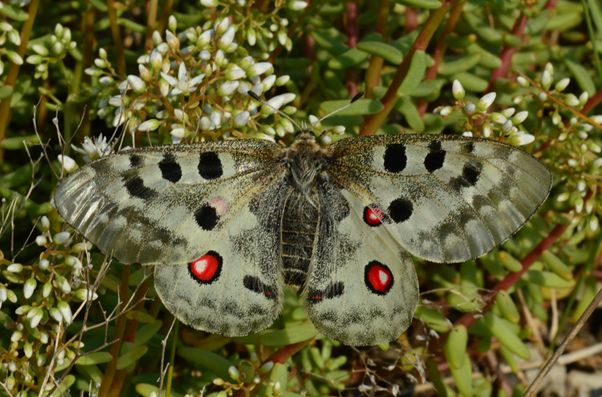
Over-collection of the butterflies.
Over-collection of rare butterflies in Central Europe refers to the unsustainable harvesting of these delicate species, impacting their populations and ecosystems. An example is the excessive gathering of Apollo butterflies for commercial trade or personal collections, driven by their rarity and visual appeal.
Another instance involves mass capturing of certain species for use in traditional medicines or rituals. Such practices disrupt the ecological balance, reducing butterfly numbers and threatening their habitats. To combat over-collection, it’s crucial to implement strict regulations, raise awareness about the consequences, and promote responsible appreciation of these rare butterflies in their natural environments.
Specific examples of over-collection of butterflies.
Over-collection of rare butterflies in Europe has occurred in certain regions, impacting their populations. In Greece, the Southern Festoon butterfly faced threats due to over-collection driven by collectors seeking its unique beauty. The Spanish Festoon, found in Spain and France, has also been subjected to over-collection, primarily for the commercial butterfly trade. In Italy, the over-collection of the Apennine Swallowtail posed risks to its survival.
In the United Kingdom, the Heath Fritillary faced challenges due to habitat loss and historic over-collection. The Large Blue butterfly, once extinct in England, experienced over-collection contributing to its decline. In the Netherlands, the Large Copper butterfly suffered from over-collection and habitat changes. Conservation efforts have helped revive some populations, emphasizing the importance of responsible practices. Additionally, in Hungary, the Dusky Large Blue butterfly faced over-collection issues.
Addressing over-collection through regulations and public awareness is crucial to protecting these delicate species and preserving the rich biodiversity of butterflies across Europe.
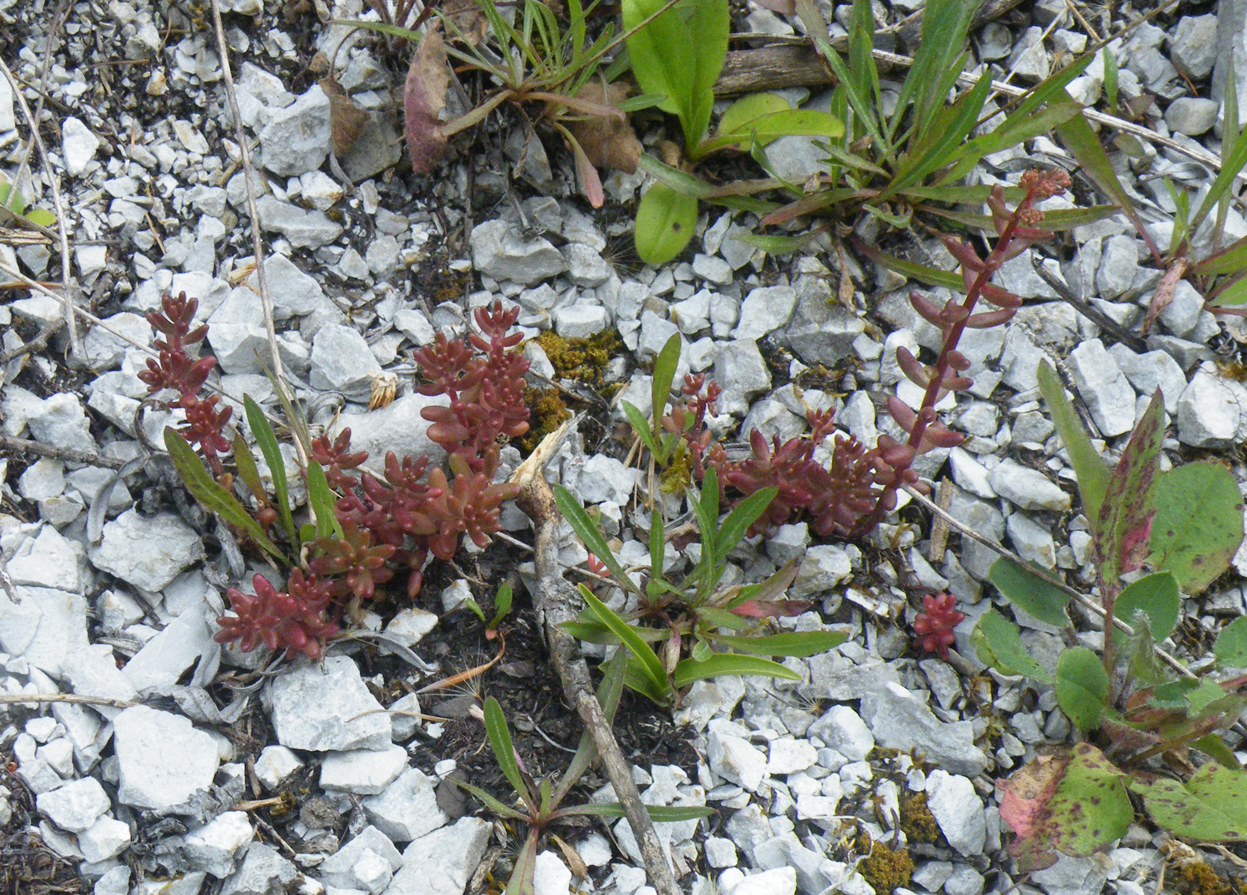
Parnassius Apollo subject of over-collection in Central Europe
Historically, the Apollo butterfly, faced over-collection in Central Europe, impacting its populations. In Germany, collectors sought these butterflies for their beauty, contributing to declines. Similarly, in Austria, Apollo butterflies were subjected to over-collection, particularly in regions with high butterfly diversity. In parts of Switzerland, collectors historically targeted Apollo butterflies for trade or personal collections.
Conclusion
Conservation efforts and awareness campaigns have since played crucial roles in curbing over-collection, but responsible practices remain essential to protect the Parnassius Apollo and maintain the ecological balance in Central European countries.
Particularly important is currently implemented EU supported project with focus to support population of Parnassius Apollo in Central Europe.

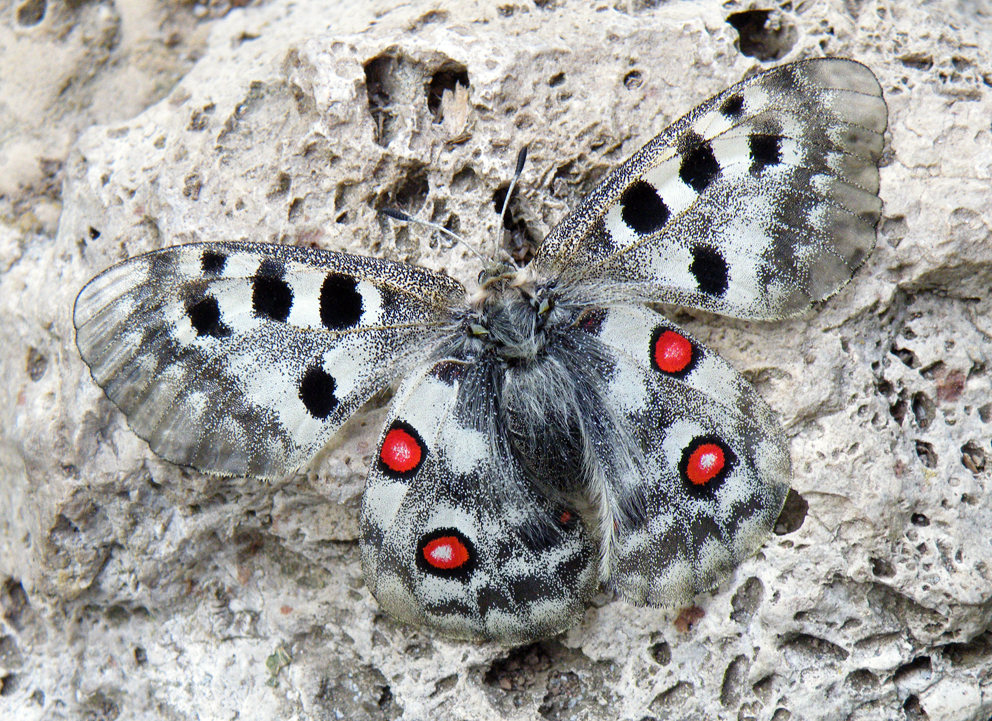
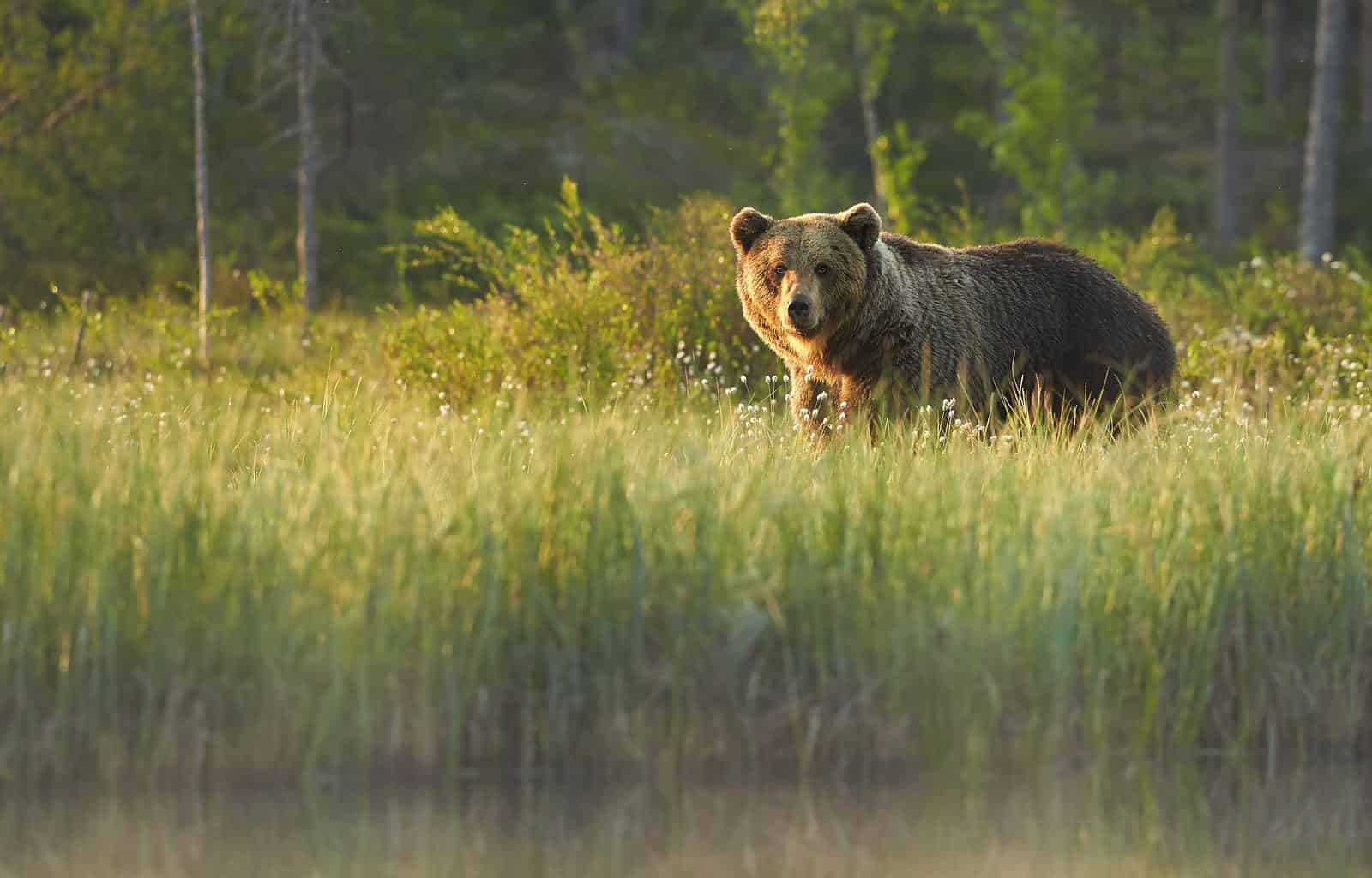


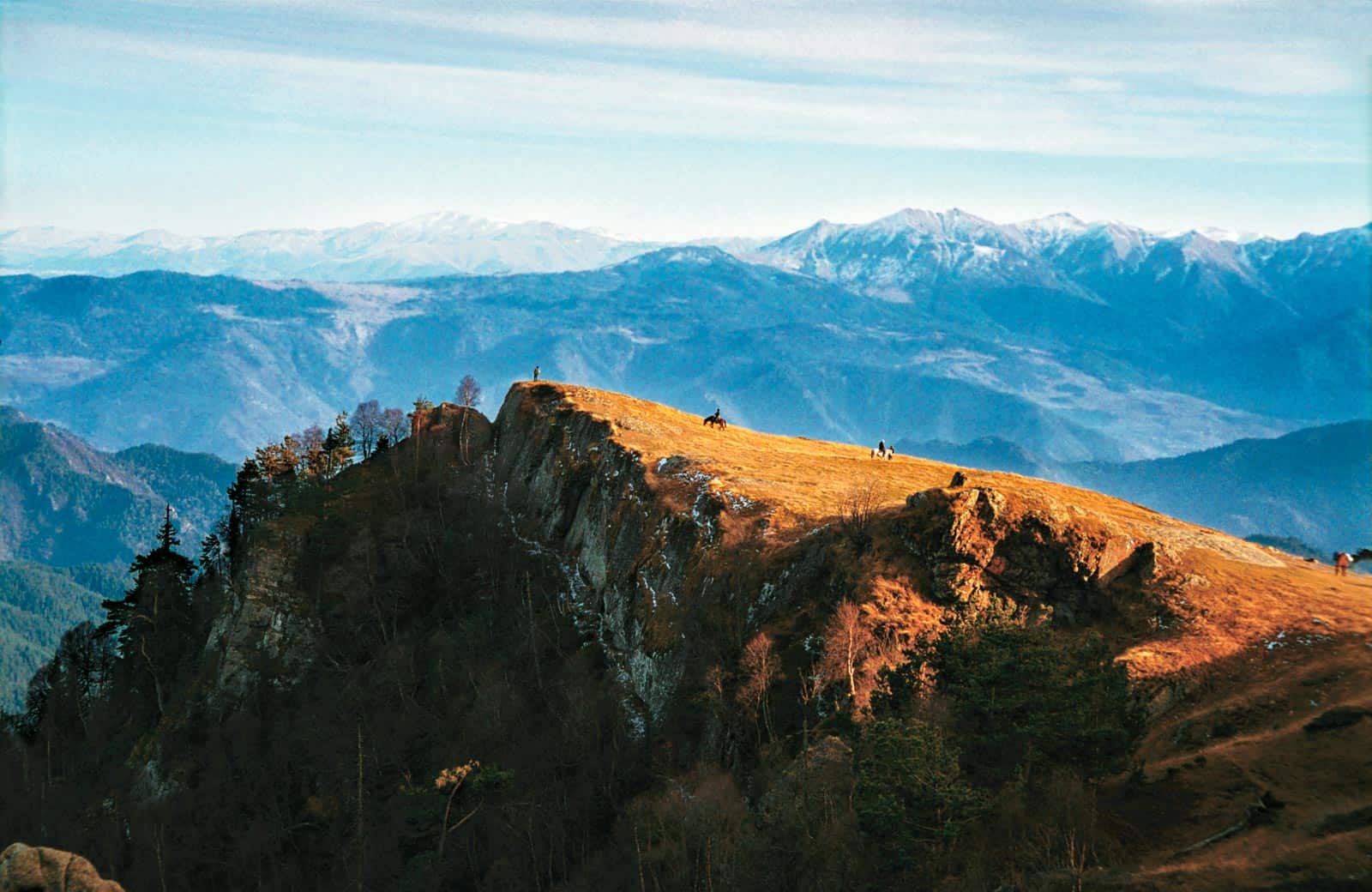

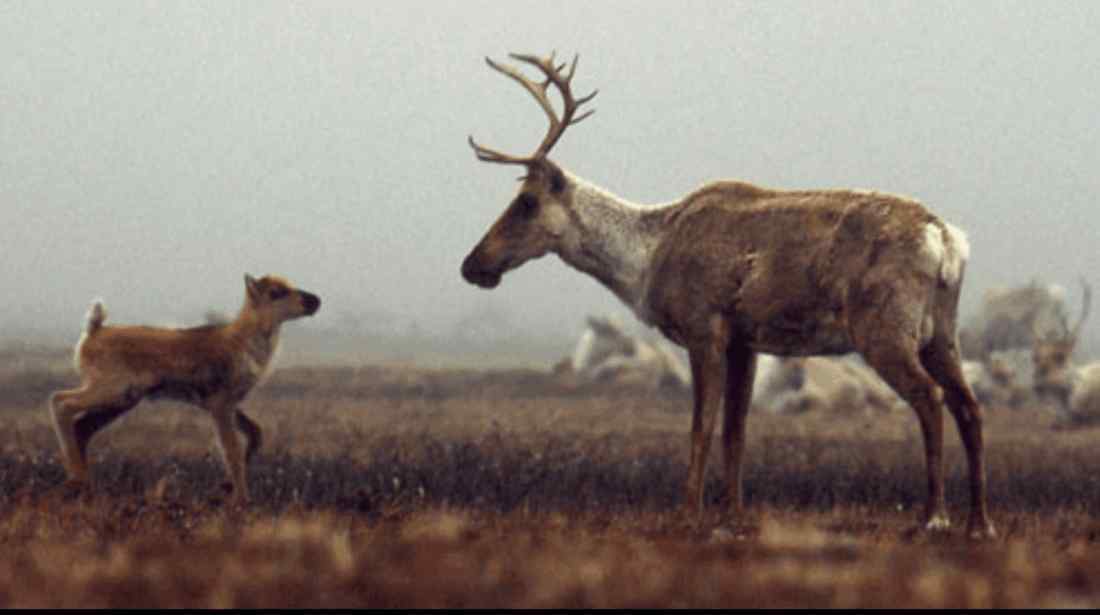
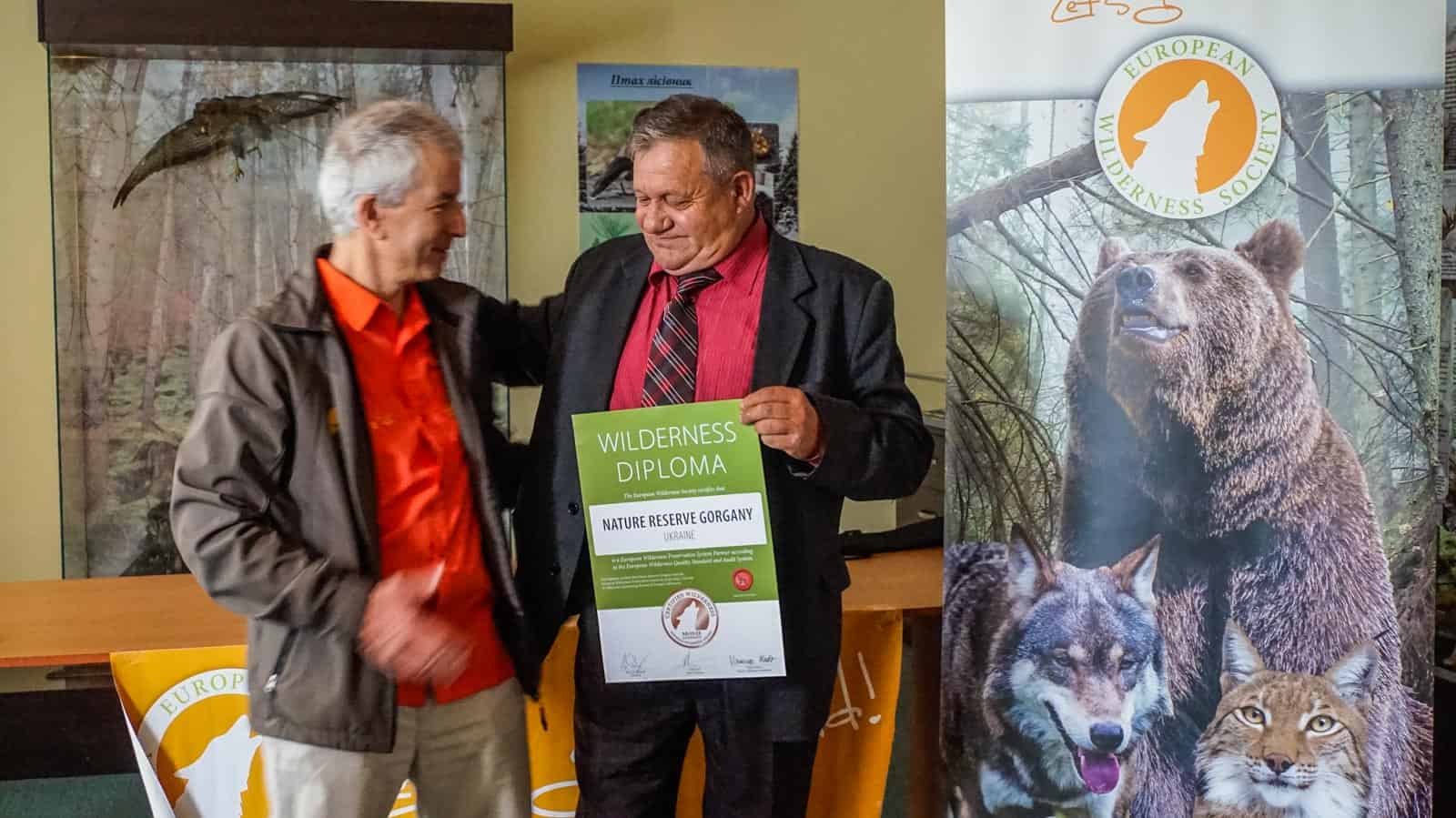
Vlado, thanks for this article. No doubt, collecting any individual from the wild is in direct violation of the Respect Nature or Leave No Trace principles. However, you concentrate only to adult butteflies and ignore the previous stage – caterpillars. They become birds’ prey much more often than imagos. Moreover, entomologists often argue, that an adult butterfly reproduces shortly after hatching. Following life, when their only food is nectar or nothing at all, has no more relation to survival of the species. Therefore, collecting adults after their reproduction cannot contribute to a loss of species. How would you argue against?